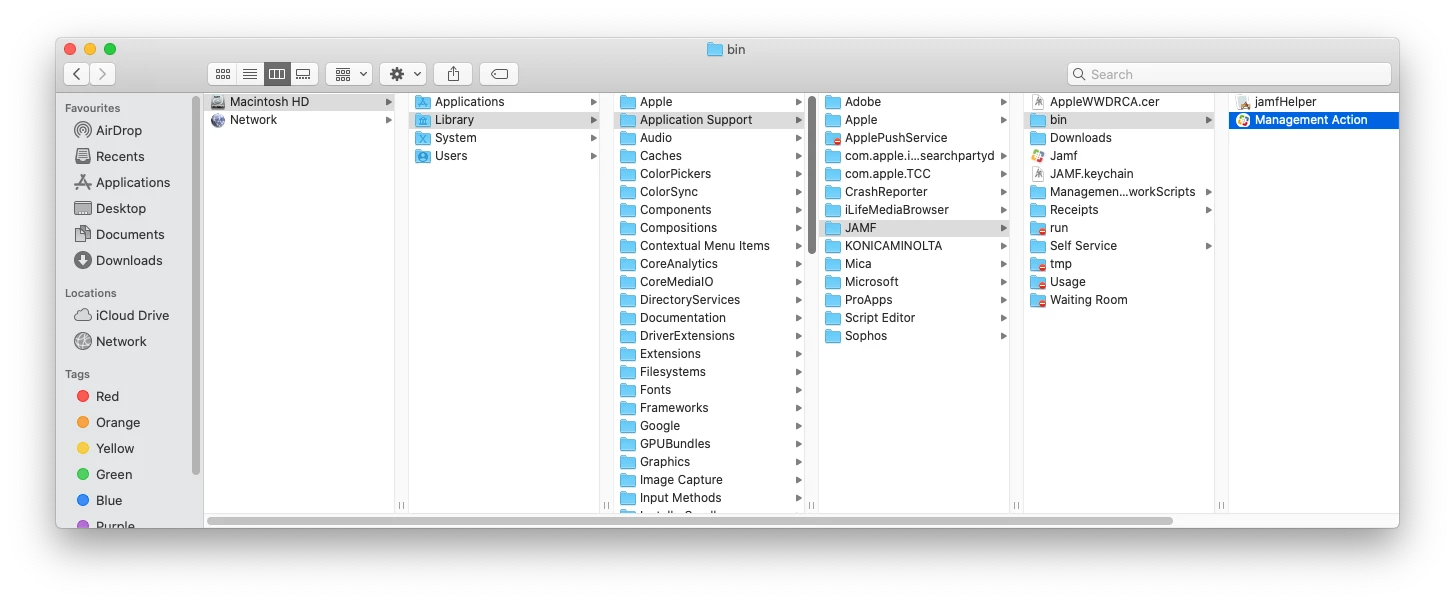On Catalina, every app is asking if you would like to allow or deny notifications and it gets annoying especially after you first upgraded to Catalina.
My question is, is there a way to whitelist or force allow the notification from a config profile or policy in Jamf? I would like know if it is possible to allow the notifications for certain company approve applications. Or this is not something the admin 'should' control?
Thanks










